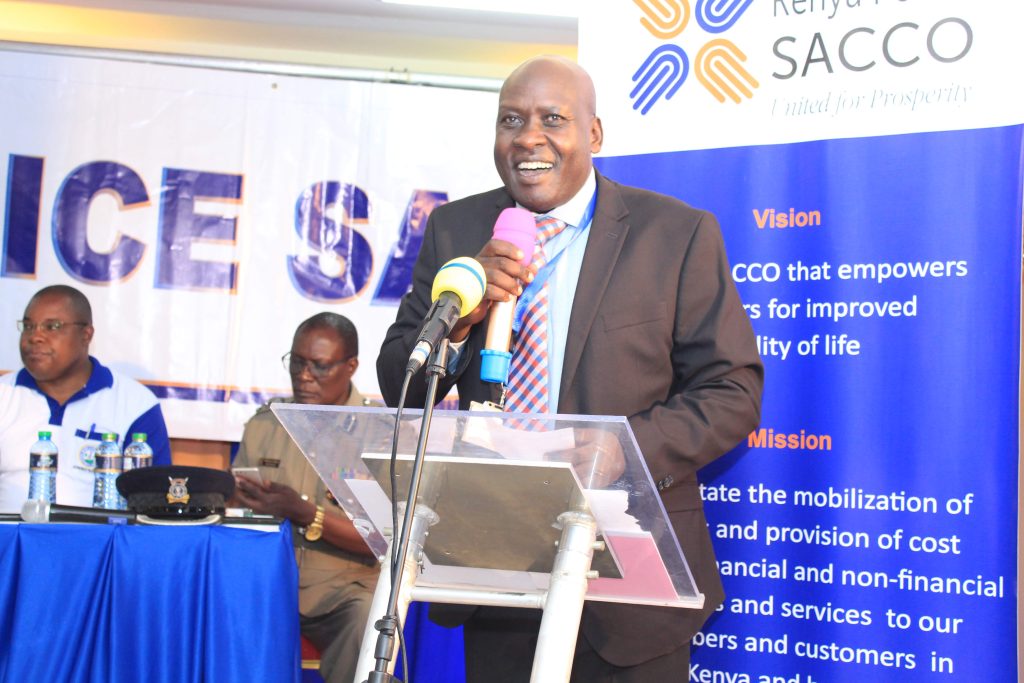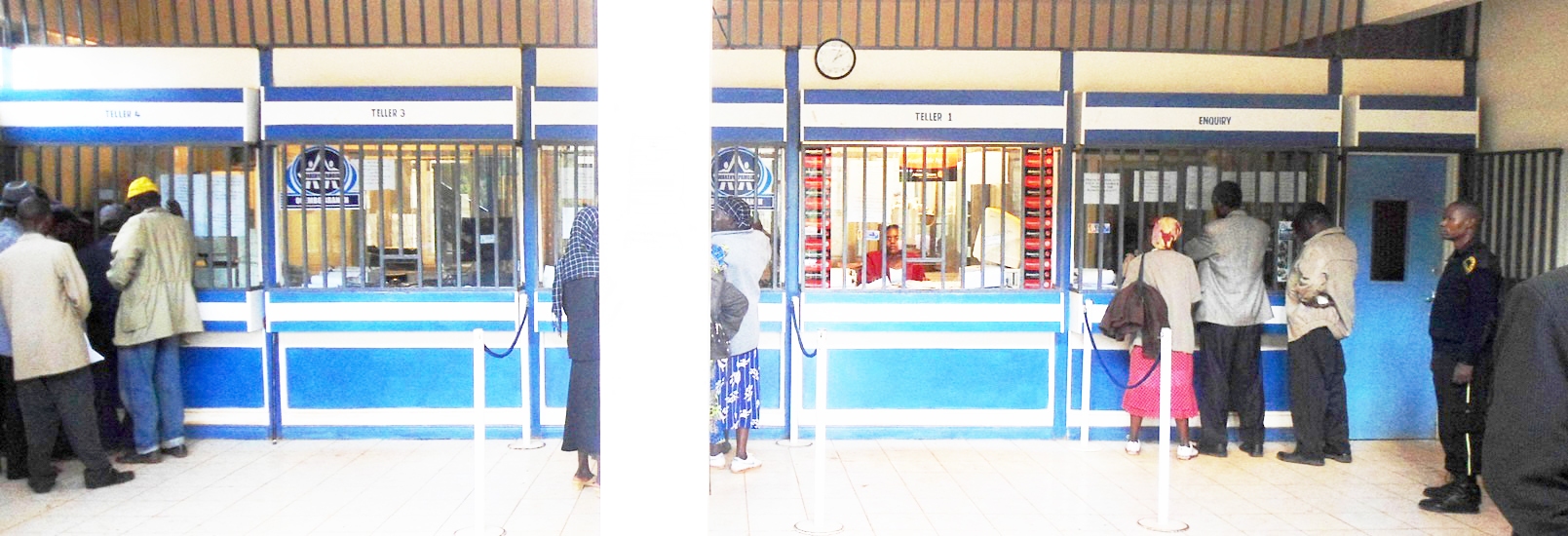It is a windfall for Savings and Credit Cooperatives (Saccos) as they pick the spoils from bank fallouts prompted by skyrocketing interest rates.
Loan seekers are streaming into Saccos for loans with lower interest rates, as banks increase the pricing of loans to levels last seen over seven years ago.
Moreover, customers with loans in banks, angered by the rising interest rates, have been making inquiries on how their loans can be sold off to Saccos to save them from even steeper rates in the coming days.
Commercial bank loans were priced at a maximum of 13 per cent by end of November 2019 when the interest rate caps were removed, but the rates have been rising after the regulator (Central Bank of Kenya-CBK) last year started approving models that allow banks to pick rates based on risk levels of customers.
CBK on June 26 raised the Central Bank Rates (CBR) from 9.5 per cent to 10.5 per cent— the highest point in nearly seven years.
That review was the fifth in about 12 months and borrowers are holding their breath that another monetary policy committee meeting set for August 9 will not deliver another rise in CBR.
The risk-based pricing models, coupled with the rising CBR – the base lending rate – has seen banks, including Equity Bank and NCBA, increase their interest rates, putting customers on the edge.
Equity for instance, effective July 10, adjusted its own benchmark rate to 14.69 per cent, plus a margin based on each customer’s risk profile, up from 12.5 per cent in January.
NCBA will, effective August 7, raise its benchmark rate for Kenyan shilling-denominated loans to 13 per cent from the 12 per cent that had been in place since May 29, 2023.
The new rates have made Sacco loans more attractive since they are not linked to the CBR, which the CBK has been revising upwards to contain inflation. This allows members to enjoy lower interest rates even when economic conditions change.
“We have retained our interest rates and this is not changing. Ideally, this is our money from our members and so our cost hasn’t changed in principle. The money belongs to us,” says George Ochiri, CEO at Harambee Sacco.
Stima Sacco’s normal loan, which is up to four times one’s savings, is, for example, priced at 12 per cent per year, while Mwangaza Scheme Loan of up to Ksh5 million attracts 13.9 per cent annual interest, repayable for 72 months.
Police Sacco, which is another major player, charges 12 per cent on reducing balance for its normal, school fees, emergency and refinancing loans, while its super loan is priced at 14 per cent.
David Mategwa, the Kenya National Police DT SACCO chairman, says the rise in bank interest rates has widened the gap between commercial banks and Saccos, offering a reality check to members who had rushed to banks for loans when rate caps were introduced in 2016.

“When CBK capped rates, banks were reasoning that they are giving almost the same rates as Saccos. The upward review is presenting a reality check,” said Mategwa, adding: “When Saccos say 12 per cent on reducing balance, that is all they are charging and the effective rate comes to the region of about eight per cent. This is giving Saccos and its members a big advantage.”
Mwalimu National Sacco also charges 12 per cent per year on emergency, school fees, and normal loans, and 13.5 per cent annual interest on development loans.
Apart from relatively low-interest rates and longer repayment periods, Saccos are also seen as attractive because the use of guarantors saves the borrower from aggressive loan recovery methods – such as property seizures and auctions.
Sacco Societies Regulatory Authority (SASRA) says the use of guarantors and non-withdrawable savings as collateral allows Saccos to offer lower rates.
“The greatest comparative advantage that the Kenyan Sacco lending model has over other financial institutions is the fact that a substantial proportion of their lending is usually based on the collateral of non-withdrawable savings of the members,” says SASRA.
Many Saccos have been on a charm offensive, telling their members that they are open to buying off their bank loans.
Buying off the bank loans, however, requires huge cash outlay, especially when the amount involved is monumental and many members come seeking for the service.
This has made some Saccos approach this window of opportunity with caution to avoid a liquidity strain or a pile-up of non-performing loans. Nevertheless, the establishment of a central liquidity facility for deposit-taking Saccos is seen as a development that can help Saccos to borrow from each other and meet loan buy-off requests.
By Sammy Chivanga
Get more stories from our website: Sacco Review. For comments and clarifications, write to: Saccoreview@shrendpublishers.co.ke
Kindly follow our Facebook Page: Sacco Review Newspaper for timely updates.



